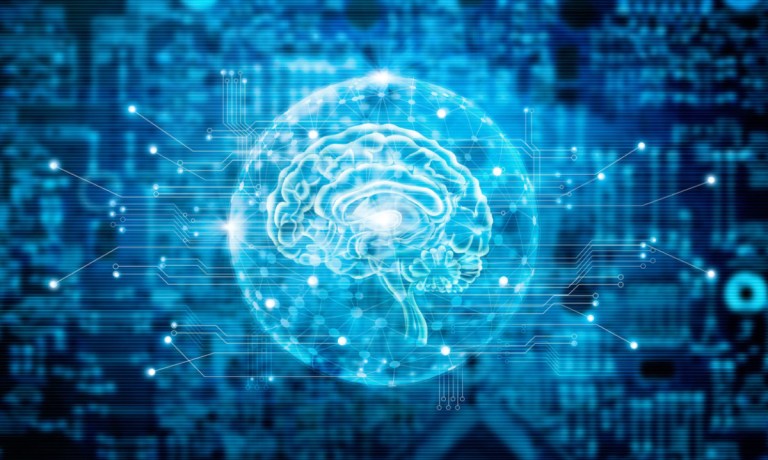
As the artificial intelligence (AI)-driven workforce takes shape, an emerging downstream impact is a new perspective on historic, traditionally labor-centric, cost structures as firms chase AI-fueled efficiencies.
This, as Marietje Schaake, international policy director at Stanford University Cyber Policy Center and a former member of the European Parliament, in a Financial Times opinion piece published Tuesday (Jan. 9) called for a tax on AI companies as a way to offset the labor disruptions AI is expected to herald.
“It is time to start talking about a new [tax] targeted at artificial intelligence companies … To rebalance the cost-benefit impacts of AI in favour of society — as well as to make sure the necessary response is affordable at all — taxing AI companies is the only logical step,” Schaake wrote.
After all, a question central to the integration of AI within the enterprise is whether the technology’s pace of development is positioning it as a co-pilot, or supportive tool, for employees — or as an out-right human replacement.
The answer ultimately depends on whether and where AI systems can deliver a better return on investment (ROI) than existing options.
Duolingo, maker of software for learning languages, on Monday (Jan. 8) cut its contractor workforce by 10%, in part due to the ROI that AI software offers its business — which is dependent on content and text-based interfaces, an area generative AI in particular impacts.
While no full-time employees were affected by the move and many Duolingo staff members now use AI tools to assist them in their work, observers believe that the debate between scaling headcount versus integrating AI solutions is only just beginning.
Read more: MIT Says AI Development Should Help the Workplace, Not Control It
As PYMNTS wrote, 2024 will be a year when enterprise businesses across sectors leverage AI technology to gain new efficiencies.
The generative AI industry is expected to grow to $1.3 trillion by 2032, and is projected at the same time to give back workers and employees huge swathes of their productivity by optimizing legacy processes.
Still, PYMNTS Intelligence found that as the debate surrounding AI’s impact across industries continues to broaden, many consumers are worried about the technology’s role in the workplace — and particularly the safety of their jobs.
That’s because the innovation represents a double-edged sword. AI systems can provide hugely valuable productivity gains in sectors where we don’t have enough humans to do the work, like healthcare and manufacturing, due to labor shortages and declining population growth. But at the same time, consumers are increasingly worried about the impact widespread AI integration could have on their own jobs and livelihood.
Seven in 10 consumers said they believe AI can already replace at least some of their professional skill sets, per PYMNTS Intelligence. Young consumers, those earning over $100,000, and those working in an office environment are most aware of this skill overlap.
PYMNTS Intelligence in the July 2023 report, “Understanding the Future of Generative Al,” a collaboration with AI-ID, found that large language models (LLMs) — the neural networks behind OpenAI’s ChatGPT and Google’s LaMDA — could impact 40% of all working hours.
The transition is not happening in a vacuum. Already, the AFL-CIO (American Federation of Labor and Congress of Industrial Organizations), a national trade union center that is the largest federation of unions in the United States and made up of 60 national and international unions, together representing more than 12 million active and retired workers, and AI provider Microsoft have teamed to explore workers’ input into AI development.
And as PYMNTS reported, MIT published a policy paper, “Can We Have Pro-Worker AI? Choosing a path of machines in service of minds,” addressing AI’s potential disruption of labor.
See also: Tech Experts Share What to Ask When Adding AI to Business
Elon Musk has said that advances in artificial intelligence (AI) will eventually render all jobs obsolete, while executives at OpenAI say the technology will be able to do any task a human can do — but AI remains far from a plug-and-play solution, particularly for larger enterprise organizations with meaningful concerns around data security and output integrity.
The experts that PYMNTS has spoken with consistently emphasized that AI should be viewed as a way to augment and enhance, not replace, the work done by humans.
“We are in that economic cycle where every cost you can beat out of the process is necessary right now … how to save money and how to eliminate those manual steps in the processes is top of mind,” Ingo Money CEO Drew Edwards told PYMNTS.
“AI is going to be an imperative for every company, and what you do with AI is what will differentiate your products,” Heather Bellini, president and chief financial officer at InvestCloud, told PYMNTS in an interview posted Monday (Sept. 18). “Functionally, it might get rid of a lot of the manual work people don’t want to do anyway and extract them up to a level where they can do more things that have a direct impact on the business.”
As PYMNTS’ Karen Webster wrote at the beginning of 2023, AI’s greatest potential is in creating the knowledge base needed to equip the workforce — any worker in any industry — with the tools to deliver a consistent, high-quality level of service, quickly and at scale.
As the innovation matures and becomes more widely embraced, the nature of its impact and the responsibility of AI providers, AI end-users, and the regulatory frameworks within which they operate will need to be adjusted accordingly.